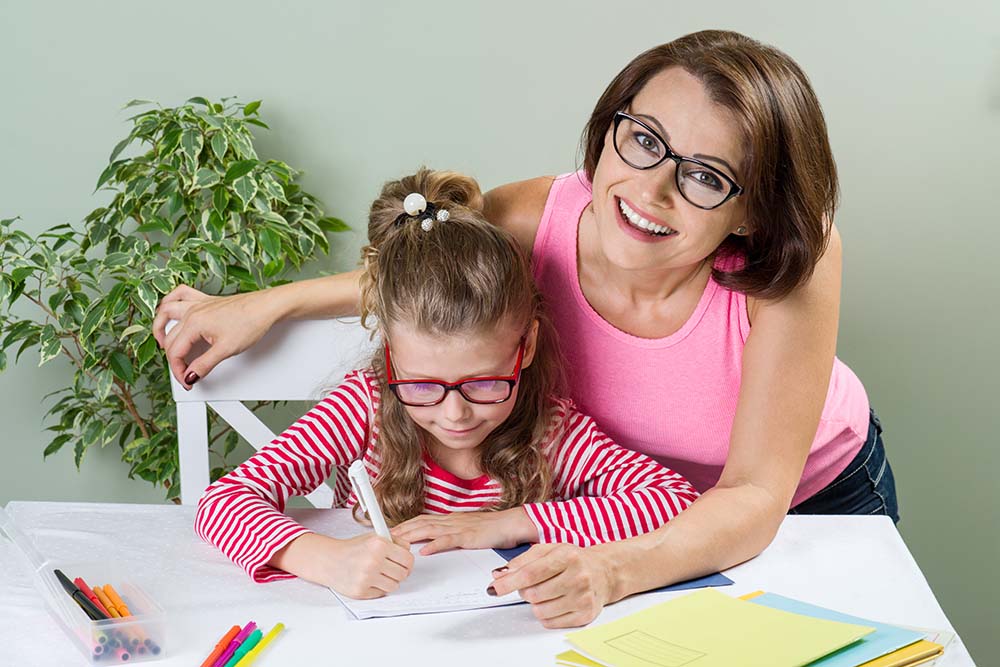How creative writing can help children process stress and anxiety.
By Rebecca Fraser
Stress is our body’s way of responding to any kind of demand or threat. When we sense danger or challenging situations, our body triggers a natural ‘flight or fight’ response, releasing chemicals designed for survival.
In today’s fast-paced world, stress has become quite the social issue.
In fact, a recent survey by Medibank found just under five million Australians are suffering from stress. Causes were varied, but the main culprits included lack of sleep, work pressures, social media, housing affordability, and trying to juggle too many things at once.
It seems we have so many balls in the air that managing family, paying bills, and a myriad of other responsibilities and pressures, has become a real balancing act. No wonder we’re feeling stressed!
But it’s not just adults feeling the weight. Children are equally susceptible to feeling overwhelmed by the emotional toll of stress and anxiety.
While we’d like to think our children are enjoying the most carefree period of their lives, their reality can be quite the opposite. Children are impacted by what is going on around them: in their family lives, their social lives, the horrific images they see on the world news or the internet.
Their worries can be as broad as ours: illness of a loved one, separation anxiety, family upheaval, academic and social pressures, overhearing arguments about financial pressure or job insecurity, or the constant barrage of bad news such as climate change, threat of war, environmental disasters and terrorism.
As adults, we mostly have the emotional maturity, experience, and context to navigate many triggers of stress in our own lives, and if our mental health is suffering, we can access support and resources to help us cope. Children are not yet equipped with such skills, so they need our support. There are several ways parents can help children cope with and work through stress and anxiety…one of them can be as simple as picking up a pen and paper!
Creative writing as a stress-busting strategy
The social and emotional benefits of creative writing have been celebrated for years. When it comes to writing through trauma, stress, and anxiety many studies have concluded that writing:
- Provides a constructive escape.
- Helps to release and regulate feelings and emotions.
- Allows for self-reflection.
- Helps to organise thoughts.
- Fosters an intellectual process — the act of constructing a story about a traumatic event helps someone break free of endless mental cycling.
- Is a powerful tool for social and emotional wellbeing.
In fact, just 15 to 20 minutes of writing a day can make a real difference to overall stress levels!
So how can we support our kids to write their way through their emotions?
Take, for example, the recent Australian bushfire crisis. Even if you weren’t living in a fire-impacted area, the nation collaboratively grieved at the loss of human life, homes and property, livestock and wildlife. The sensory signs were everywhere: the smell and sight of smoke in the air, the images of scorched wildlife, the bravery and sacrifice of our firefighters, the close watch on weather conditions.
The bushfires demonstrate a high-anxiety event evoking fear, anger, and helplessness in many.
Here are some ways kids can use writing to express or unpack their emotions:
- Rewrite a story with the ending they would have liked to have happened. Perhaps the horses escaped the property before it was engulfed by flames. Maybe someone invented a rainmaking machine to put out the fires. Perhaps a fireman is a superhero in disguise. (Aren’t they all?).
- Craft a poem or song lyrics that captures images or feelings. If your child is happy to share their work, it’s a great way to tap into their inner thoughts.
- Keep a journal which is a cathartic way to write through emotions. Gift your child a blank notebook or diary to document their thoughts and ideas.
- Write a letter expressing gratitude or sympathy. For every tragic bushfire story, there’s one of hope, courage, selflessness, and community. People and organisations from all walks of life stepped up to donate their time, resources and dollars. Talk about these stories with your children. They may feel inspired to pen a letter to a wildlife association, the CFA, or even the local crochet group making mittens for koalas. This positive action can also help alleviate feelings of helplessness.
While the bushfire crisis has been used as an example of how creative writing can help children cope with stress and anxiety, these strategies can be applied to any source of stress.
Psst. They’re equally effective for adults too!
Rebecca Fraser operates StoryCraft Creative Writing Workshops for aspiring authors of every age and ability.


